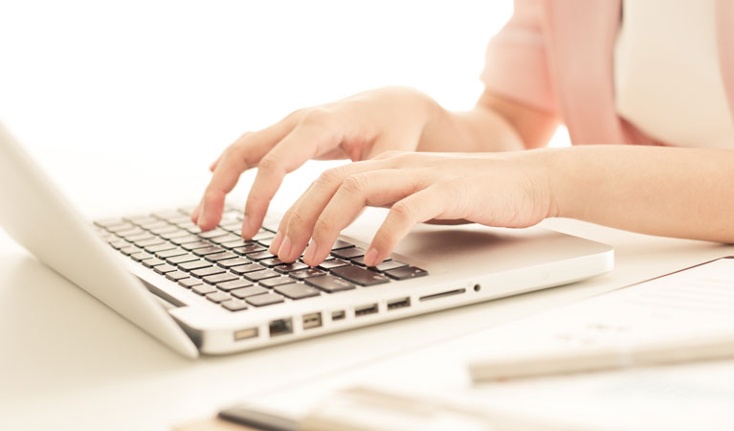In our professional daily routines, things always have to happen very fast, particularly when it comes to corresponding with our customers. Quickly type a text, select a recipient and off it goes. This means oftentimes we neglect the basic rules of good manners. When creating a business letter, one pays attention to civilly addressing the recipient and using correct grammar. Why not apply the same expectations to an e-mail?
We have put together 4 important points that will help you write better e-mails:
1. Expressive subject line
The subject line is crucial when it comes to whether or not the recipient will prioritize opening your e-mail. This means a short and precise subject line is important. State the reason for your e-mail and keep it brief. A short subject line is not rude but saves time and sums up your request.
Don’t: “In the attachment you will find a PDF to approve the flyer for your reopening”
Do: “Approval: Flyer Design Reopening”
2. Polite address
Even if you’re in a hurry when typing the e-mail, a polite address should never be missing. Avoid anonymous addresses like “hello” or “dear ladies and gentlemen”, speak directly to the recipient. Pay attention to the correct spelling of their name (Schmidt or Schmitt?) and whether your recipient has a title or not.
3. 3. Content
- Important info first
The recipient should immediately get why you’ve contacted them. That’s why the important information belongs in the first few sentences. - No superfluous information
Be precise and discuss only one topic per e-mail. This will make it easier for the recipient to focus on one thing only and archive the e-mail accordingly. If you list too much information regarding different topics, certain topics can easily get lost or neglected. Less is more. - Short paragraphs
Don’t write novels. Short sentences and small paragraphs make them easier to read. - Use bullet points
If more than one point need to be discussed, the use of bullet points is advisable. This adds structure to your e-mail and gives the reader a clear overview of what’s important. - Spelling, grammar, punctuation
E-mails are electronic business letters and should be written carefully. It seems very unprofessional if it’s specked with spelling- and comma mistakes. Read the text in its entirety before sending it.
4. 4. Friendly greeting at the end
Don’t end your e-mail with a brief ‘regards’ or ‘see you’. Nice alternatives are:
- Best regards,
- Warm regards,
- Best wishes.
You can also get a little more personal here:
- Kind regards from Kaiserslautern
- Best wishes from sunny Munich
Take a few more minutes to write e-mails. By sticking to these four points, your e-mails will appear more professional and serious. Your business clients will thank you.




Comments are closed.